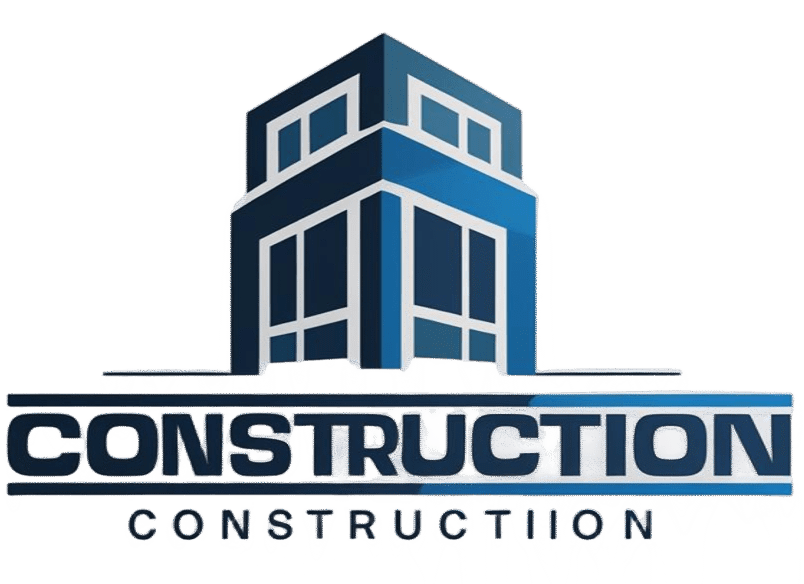A Complete Guide with Timeline and Key Insights

Remodeling a bathroom is one of the most effective ways to improve a home’s value, comfort, and appearance. However, one of the most common and important questions homeowners ask before starting is: How long does a bathroom remodel take?
The answer depends on several factors, including the size of the bathroom, the complexity of the project, the availability of materials, whether permits are required, and whether you’re working with professionals or taking on a do-it-yourself approach. In this guide, we’ll break down everything you need to know about the timeline for a bathroom remodel in 2025, including each stage of the process and tips to avoid delays.
Understanding the Scope of a Bathroom Remodel
The first step in estimating the time a remodel will take is to understand the scope of work. Not all bathroom remodels are the same. Some may involve minor updates like replacing fixtures or painting, while others include complete layout changes, structural alterations, and plumbing upgrades.
Types of Bathroom Remodels:
- Cosmetic Refresh: Involves simple changes such as painting walls, replacing faucets, updating lighting fixtures, or installing new hardware.
- Mid-Range Remodel: May include replacing a bathtub or shower, new tile installation, new vanity and sink, updated toilet, and fresh flooring.
- Luxury or Full Remodel: Often includes layout changes, custom tilework, high-end materials, new plumbing and electrical, and specialty installations such as heated floors or freestanding tubs.
The type of remodel directly impacts how long it will take. A simple refresh may be completed in a few days, while a luxury remodel can stretch over several weeks.
Average Bathroom Remodel Timeline in 2025
The timeline for a bathroom remodel varies, but here is a general estimate based on industry standards in 2025:
| Project Type | Estimated Time Frame |
|---|---|
| Minor Cosmetic Updates | 3 to 5 days |
| Small Bathroom Remodel | 1 to 2 weeks |
| Full Bathroom Renovation | 3 to 5 weeks |
| Luxury Custom Remodel | 5 to 8+ weeks |
| DIY Remodel (Homeowners) | 4 to 10+ weeks |
These estimates assume that all materials are available, inspections are scheduled promptly, and there are no unexpected issues like hidden water damage or code violations.
Step-by-Step Breakdown of the Bathroom Remodel Process
Each phase of a bathroom renovation contributes to the overall timeline. Below is a breakdown of the typical stages, along with their estimated durations.
1. Planning and Design (1 to 2 Weeks)
This is one of the most important stages of any remodel. Proper planning can prevent delays and cost overruns later. During this phase, you’ll:
- Decide on the layout, design, and color scheme.
- Choose fixtures, tiles, lighting, flooring, and other materials.
- Set a realistic budget.
- Hire a contractor or determine which parts you’ll handle yourself.
- Schedule consultations or request estimates.
This phase can take longer if you’re waiting for multiple quotes or if you’re finalizing custom material selections.
2. Permits and Material Orders (1 to 3 Weeks)
If your remodel includes structural changes, new plumbing, or electrical work, you may need building permits from your city or town. The approval process can vary in length depending on your location and the complexity of the work. At the same time, materials should be ordered in advance. Delays can occur if:
- You choose back-ordered items.
- You’re waiting on custom vanities or imported tile.
- Shipping or supply chain issues affect delivery.
Ordering all materials in advance is one of the best ways to ensure the project runs on time.
3. Demolition (1 to 3 Days)
Demolition typically involves:
- Removing the old vanity, toilet, bathtub or shower.
- Tearing out old tile and flooring.
- Pulling down drywall if necessary.
This phase is fast when done by a professional crew but can take longer if done by a homeowner without the proper tools or experience. Be prepared for dust, debris, and noise.
4. Plumbing and Electrical Rough-In (2 to 5 Days)
Once the space is cleared, plumbers and electricians install or reroute pipes, drains, wiring, and outlets. Common tasks include:
- Installing shower valves and tub drains.
- Running wires for lighting and outlets.
- Adding exhaust fans or heated floors.
An inspection may be required before closing up the walls.
5. Framing, Insulation, and Drywall (2 to 4 Days)
If walls or layout are changed, this phase includes framing modifications, followed by installation of moisture-resistant drywall and insulation. Once installed, drywall must be taped, mudded, sanded, and primed. Proper drying time is important to prevent cracking or bubbling later on.
6. Waterproofing and Tile Installation (5 to 8 Days)
This is a labor-intensive step that cannot be rushed. Proper waterproofing around showers and bathtubs is essential to prevent leaks. Tile installation includes:
- Preparing the subfloor or wall surface.
- Laying tile on the floor and walls.
- Grouting and sealing.
Each step requires drying or curing time, which contributes to the overall duration.
7. Painting and Flooring (1 to 2 Days)
After tile work is completed and the room is clean, walls and ceilings can be painted using moisture-resistant paint. Flooring (if not tiled earlier) is also installed. This may include vinyl, laminate, or waterproof hardwood alternatives.
8. Fixture and Finish Installation (2 to 4 Days)
During this phase, your bathroom starts to look finished. Tasks include:
- Installing the vanity, sink, and faucet.
- Installing the toilet.
- Mounting mirrors, towel bars, and lighting.
- Connecting plumbing and electrical fixtures.
This is often the most exciting stage for homeowners as the room takes its final shape.
9. Final Inspection and Cleanup (1 Day)
If your remodel required permits, a final inspection ensures everything meets building code. The crew will also perform a final cleanup, removing debris, polishing surfaces, and testing fixtures. Any remaining touch-ups are handled at this time.
Factors That Can Affect the Timeline
Even with a clear plan, some variables can change the expected schedule:
- Material availability: Delays in materials are one of the top causes of slowdowns.
- Permit approval times: Some cities take longer to review and approve building permits.
- Hidden problems: Mold, water damage, or plumbing issues can be uncovered after demolition.
- Design changes: Making changes mid-project (like swapping tile or fixtures) almost always causes delays.
- Contractor schedule: High demand during peak seasons (spring/summer) may affect start or finish dates.
Tips to Keep Your Remodel on Schedule
- Choose all materials before work begins.
- Order everything early, especially custom or specialty items.
- Work with a licensed contractor who communicates clearly and stays on schedule.
- Avoid design changes after demolition begins.
- Be available for quick decisions if unexpected situations arise.
- Ensure that your contractor handles permits and inspections efficiently.
Frequently Asked Questions (FAQs)
How long does a bathroom remodel take if I’m doing it myself?
DIY remodels often take longer than professional jobs, typically 4 to 10 weeks, depending on experience, available time, and complexity.
Can I use the bathroom during the remodel?
In most cases, no. Your bathroom may be out of service for several days or weeks, so plan for a temporary alternative if your home only has one bathroom.
Do I need a permit to remodel a bathroom?
It depends on your location and the scope of the work. If you’re moving plumbing, altering electrical components, or changing the structure, permits are usually required.
Is it cheaper to remodel quickly?
Not necessarily. Rushing a job may lead to mistakes or poor craftsmanship. A well-paced, organized remodel is typically more cost-effective in the long run.
What is the most time-consuming part of a bathroom remodel?
Tiling and waterproofing tend to take the most time, especially if high-end finishes or custom patterns are involved. Waiting for inspections or permits can also cause delays.



🙂